The divine right of kings and wildlife on the menu
I’ve discovered the fabulous menu of a dinner fit for a king, eaten in 1625, served in a local house in South Devon. Here’s the background before we see what was on the menu:
Back in 1545, Henry VIII was in power when a Devon man, John Gaverock, bought the manor of Wolborough in South Devon from him, for the kingly sum of £592 14s 2d. John Gaverock, was originally the steward employed by the Abbots of Torre Abbey and worked as their property manager for a salary of £3 a year. I wonder how he afforded the £592 14s 2d? This sale of the manor of Wolborough came after Henry VIII had seized the manor from the Abbots of Torre, during his dissolution of the monasteries. It seems that poor people steal, governments nationalise and kings ‘dissolve’. It’s a beautiful euphemism. Why did no-one ever tell me in school history lessons that Henry simply nationalised one of the country’s main industries; religion, and turned it into the equivalent of British Leyland.
Why did Henry ‘fence’ his stolen property? He needed all the money he could get his hands on so he could kill large numbers of French people. The French had landed an expeditionary force in Scotland to aid the Scots in the Anglo-Scottish War of the Rough Wooing and also briefly invaded the Isle of Wight, which thousands of tourists still do every year to this day. What was the War of the Rough Wooing? They were fighting to marry a six year old boy to a baby. Check it out. It’s all true. What a bunch of perverts.
When Gaverock became lord of the manor he began building a new home for himself on the stolen land he’d bought at nearby Forde, a hamlet where a ford crosses Aller Brook. It’s a small nature reserve now.

John Gaverock’s three daughters inherited Forde House from him and towards the end of the Sixteenth Century, the daughters, Elizabeth, Alice and Susan, sold the house to Richard Reynell of the Middle Temple and his wife Lucy.
According to John Prince‘s The Worthies of Devon, published circa 1701:
“Unto this house, King Charles I, of gracious memory, came, attended on by the Duke of Buckingham, and other great lords, September, 15th 1625, and was pleased to take up his lodging there. The next day his majesty conferred the honour of knighthood in the dining room of that house, on Richard Reynell, of West Ogwell, and on Thomas Reynell, his brother, who at the time, was his majesty’s servant, and sewer in ordinary, to his person, in presence of their wives and divers lords and ladies saying to them, “God give you joy!”
Should we trust what John Prince wrote? He’s the vicar who had an ‘encounter’ with a woman in the back room of an inn in Totnes, which entertained several witnesses through the window. The court records are extraordinary. More on that in the future, if you’re interested. Also, a ‘sewer in ordinary’ is someone who serves foot and tastes it before someone important, in this case King Charles I.
The current house is from 1610 and is built in the shape of an E, commonly thought to be in honour of Queen Elizabeth I, who had just died.

I wonder if we’re going to have another rash of houses built in the shape of the letter E now?
Here’s the feast they laid on for Charles I:
‘A buck, a doe, a hunted tagge, a mutton, killed and dressed.
I wonder what species of deer they were? A tagge is a doe of a year old.

The fish consisted of 160 mullets, 42 whiting, 4 salmons, 7 peels, 7 dories, 21 plaice, 26 soles, 48 lobsters, 550 pilchards.
Young salmon are called parr, peal, smolt, and grilse. It’s fascinating to see the relative numbers of the different fish species. Salmon were caught routinely in my lifetime on the River Teign. That’s hardly the case now. The river used to be full of nets, then it declined to a few licenses and then only enthusiastic hobbyists with a license. One of the greatest moments of my childhood holidays was seeing a huge wild Salmon escape from the nets off Shaldon beach.
Among the fowls and game, 69 partridges, 5 pheasants, 12 pullets, 14 capons, 112 chickens, 4 ducks, 6 geese, 37 turkeys, 69 pigeons, 92 rabbits, 1 barnacle, 1 hernshaw, 12 sea larks, 11 curlews, 258 larks, 1 heath pult, 2 nynnets, 6 seapyes, 1 stone curlew, 4 teals, 3 peahens, and 2 gulls.
To catch so many birds I suspect someone referred to the latest book on the art of fowling, Gervase Markham’s 1621 classic, Hunger’s Prevention
:
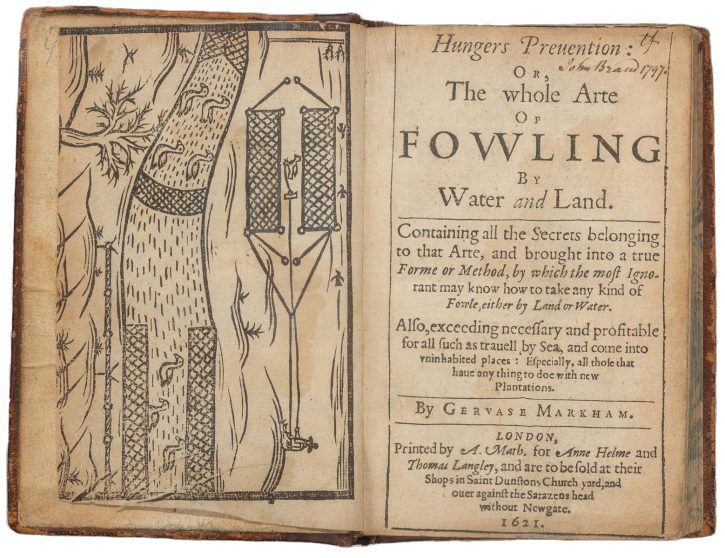
What are the birds mentioned?
69 Partridges
They can’t have been the Red-Legged Partridge, because they were introduced to England in the 1600s by Charles II, Charles I’s son, who brought them from France for target practice. They must have been 69 Grey Partridges. The Grey Partridge is now not found in Devon and has a UK conservation status of Red. There are now just 37,000 territories. I’ve never seen one.
5 pheasants.
Here’s one:

There are still millions of Pheasants introduced to the UK countryside with devastating consequences for UK wildlife. They are an introduced, non-native species. Apart from their corpses littering roads and feeding raptors and corvids, they are shot commercially, despite there not being a large enough market for their corpses. Many end up rotting in specially dug stink pits.
12 pullets.
I haven’t got any photographs of baby chickens.
14 capons
I haven’t got any photographs of castrated roosters.
112 chickens.
Here are some:

4 ducks.
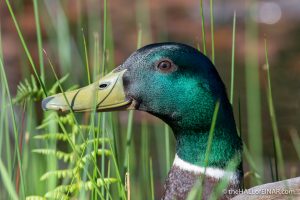
Here’s a male Mallard. They don’t mention the species, so I’m guessing. In the 17th Century I’m assuming they had domestic ducks which were heavily inbred. There would still have been ample chance to catch wild ducks.
6 geese.

37 turkeys.
I really must get some photographs of Turkeys; fascinating creatures.
69 pigeons.
Here’s one of a large group of Feral Pigeons:
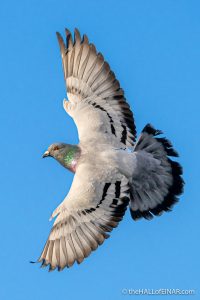
There are still many of those around. That’s assuming they don’t mean Woodpigeons.
92 rabbits.
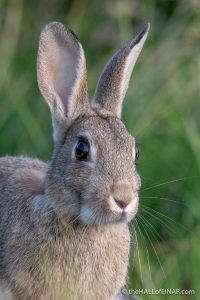
1 barnacle.
That must be a Barnacle Goose.
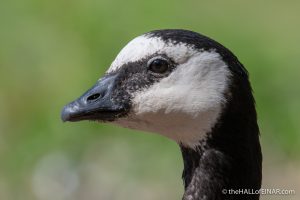
1 hernshaw.
A Hernshaw is a Heron:
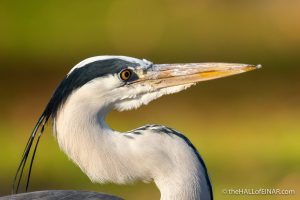
12 sea larks.
Sea Larks are Rock Pipits.
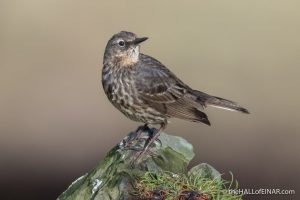
11 curlews.
Curlew are the largest European wading bird. The UK’s breeding curlew population has halved in the last 25 years:
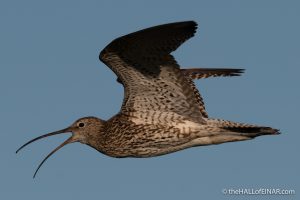
258 larks.

1 heath pult.
2 punnets.
I don’t know what a punnet is when it refers to birds. A pun was a dialect word of weight similar to pound.
6 seapyes.
Seapyes are Oystercatchers. Oystercatchers are Amber listed in the UK, have Vulnerable status in Europe and are Near Threatened globally:
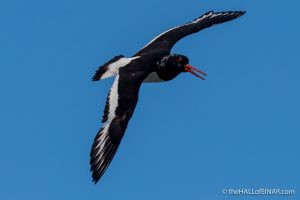
1 stone curlew.
Stone Curlews were almost extinct in the UK by 1985 but they have now recovered to a tiny 400-pair population.
4 teals.
Teal are an Amber List species with a UK breeding population of 2,100 pairs:

3 peahens.
They are female Peacocks.
2 gulls.
I wonder what species they were? Here’s a Black Headed Gull for you. I believe they taste a bit fishy.
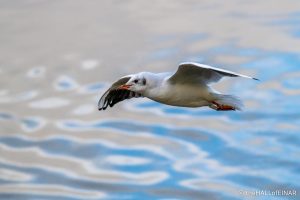
6 oxen, 5 muttons, 2 and a half veals, besides several entries of ribs of beef, quarters of mutton, chines, tongues, sides of lamb, and a Westphalia gammon.
The liquor – 2 hogsheads of beer, one barrel of canary wine, and 35 quarts of white wine.
Canary Wine is a sweet white wine from the Canary Islands.
“The entertainment cost of £55.5.0.”
No wonder Richard and Thomas Reynell were knighted after such a generous gift. I believe the honours system still works the same way.
It doesn’t say how many people were involved in supplying them, cooking and washing up afterwards. It must have been almost as bad to clear up as it is after I’ve done the cooking.
If you’ve ever wondered why the UK is such a wildlife depleted country, part of the reason is that we ate our wildlife.